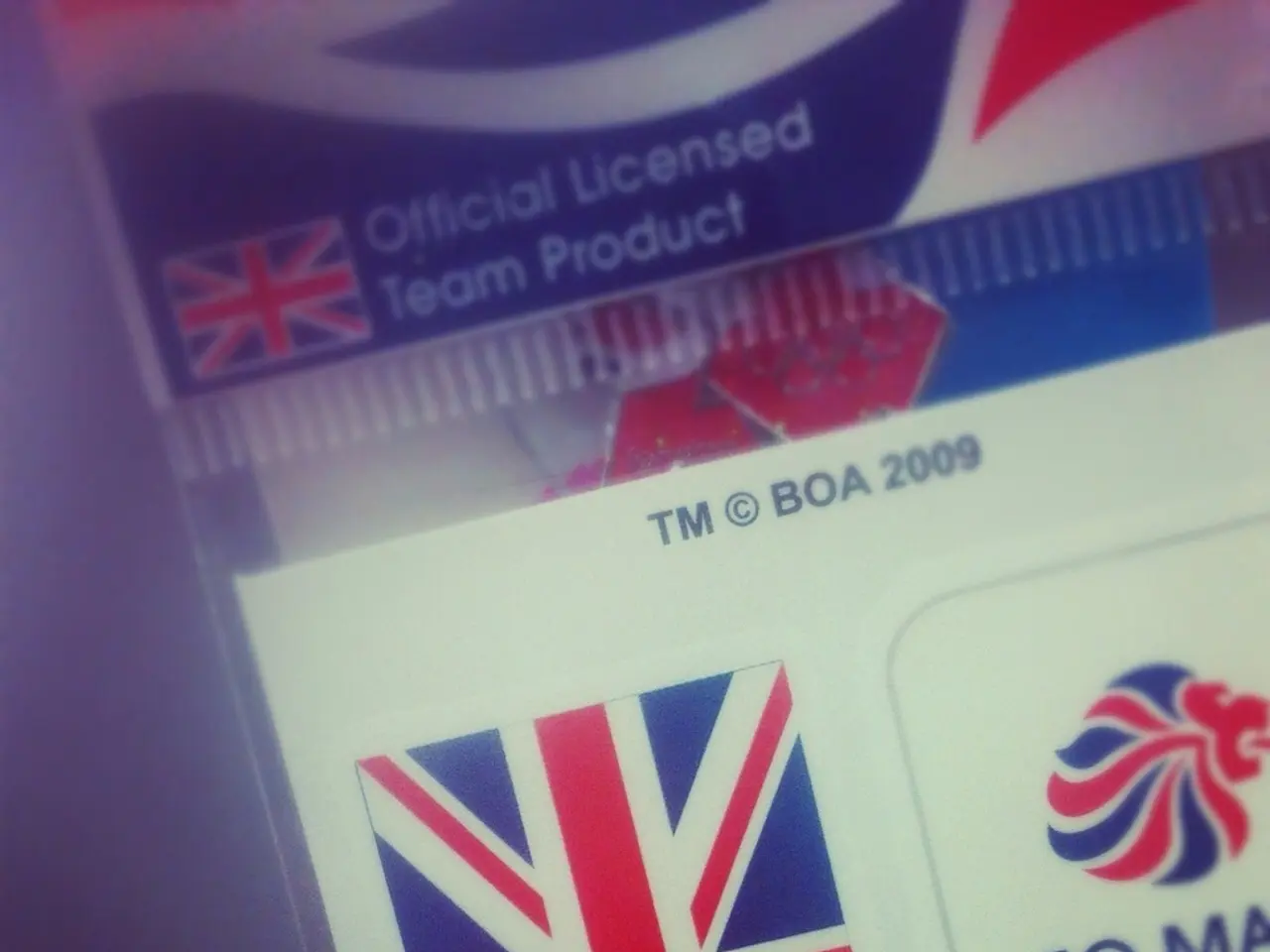Guide to Obtaining a U.S. Corporation
For businesses looking to acquire another company in the United States, there are three primary methods: stock purchase, asset purchase, and statutory merger. Each method has its unique advantages and disadvantages, particularly in terms of tax implications and liability assumptions.
Stock Purchase
In a stock purchase, the buyer acquires shares in the company, inheriting all assets, liabilities, contracts, permits, and rights automatically. This means the target company continues to exist in its current form, and the buyer assumes all liabilities, including contingent and past obligations.
The tax consequences for the seller typically result in capital gains, often at favorable long-term capital gains rates. However, the buyer cannot step up the tax basis of the company’s underlying assets (except if a special election like Section 338(h)(10) is made). The purchase price paid for shares is not tax deductible for the buyer, and there is no double taxation for C corporations at the corporate level; gain is taxed at shareholder level only.
Due to the automatic transfer of liabilities, it's crucial for the buyer to conduct thorough due diligence to assess contingent liabilities.
Asset Purchase
In an asset purchase, the buyer selectively purchases individual assets and may choose which liabilities to assume, limiting exposure. This approach allows buyers to gain tax advantages on asset basis, as they can depreciate and amortize assets, reducing tax liability.
The tax consequences for the seller may result in a mixture of ordinary income and capital gains tax, depending on the asset type. The buyer receives a step-up in basis on the purchased assets, which can trigger transfer taxes such as sales, use, or real estate transfer taxes on the assets. There is a potential for double taxation when the target is a C corporation, as both corporate and shareholder levels may be taxed.
Statutory Merger (Merger-Absorption)
In a statutory merger, the acquiring company merges with and absorbs the target company, transferring all assets, liabilities, contracts, debts, etc., to the acquirer. All liabilities transfer to the surviving company automatically.
The tax consequences are generally treated as a tax-free reorganization if certain statutory requirements are met, deferring gain or loss recognition. Both buyer and seller can benefit from favorable tax treatment under Internal Revenue Code sections governing tax-free reorganizations.
It's important to note that the target company ceases to exist, and all rights and obligations become those of the buyer.
The table below summarises the key differences between these three methods:
| Aspect | Stock Purchase | Asset Purchase | Statutory Merger | |----------------------------|------------------------------|-------------------------|------------------------------| | What transfers | Shares; the entire company | Selected assets & liabilities | All assets & liabilities via merger | | Liabilities assumed | All liabilities (including contingent) | Only liabilities expressly assumed | All liabilities | | Buyer tax basis | No step-up in basis (unless 338 election) | Step-up in tax basis for assets | Step-up may be available in reorg | | Seller tax | Long-term capital gains | Mix of capital gains and ordinary | Typically tax-free if reorg conditions met| | Buyer tax deductions | No depreciation/amortization benefit | Can depreciate/amortize assets | Similar to stock purchase unless special | | Corporate survival | Target survives as separate entity | Target may cease or continue | Target ceases, merged into buyer | | Transfer taxes | Usually none | Potential transfer taxes apply | Generally not applicable |
In conclusion, stock purchases transfer total ownership and liabilities with favorable seller tax but limited buyer tax benefits; asset purchases allow buyers to choose liabilities and gain tax deductions but expose sellers to higher taxes and potential double taxation; statutory mergers consolidate entities often tax-free if conditions are met, transferring all assets and liabilities automatically with statutory process complexity.
It's advisable to consult with a tax professional to understand the specific tax consequences of each transaction type. Transactions involving entities taxed as partnerships may have taxable consequences. Factors such as the nature of the assets, the location of the companies, and the tax laws of the jurisdictions involved can affect the tax implications of M&A transactions.
In the context of acquiring another company in the United States, investing through stock purchase potentially offers the seller favorable long-term capital gains tax rates but leaves the buyer with all liabilities, including contingent ones. On the other hand, an asset purchase allows the buyer to selectively purchase individual assets and choose which liabilities to assume, providing tax deductions, but exposing the seller to potential double taxation. In a statutory merger, the acquiring company absorbs the target company, transparently transferring all assets, liabilities, and taxes often without recognition, providing a tax-efficient solution when meeting certain statutory requirements. Consulting a tax professional is essential to understand the specific tax consequences of each transaction type and navigate the complexities of M&A transactions.




